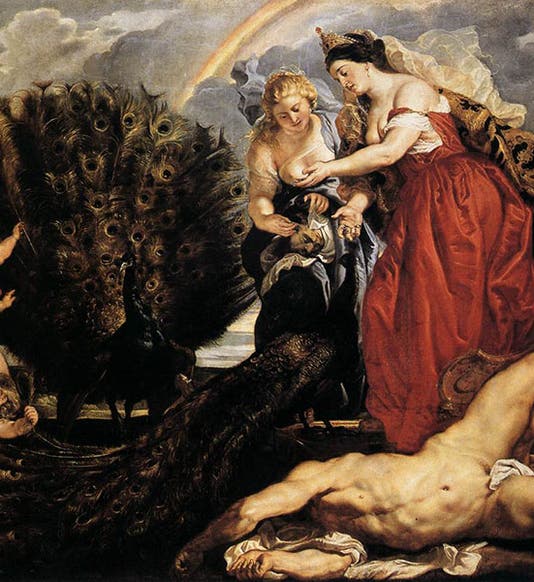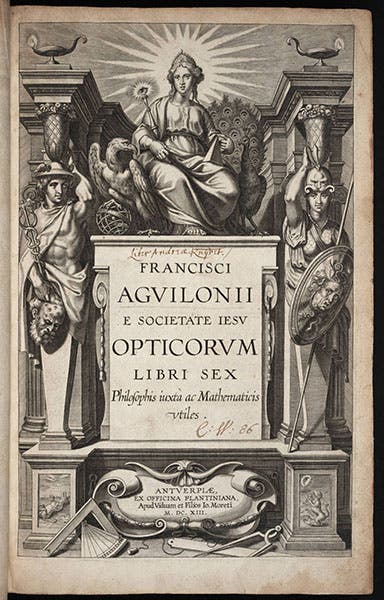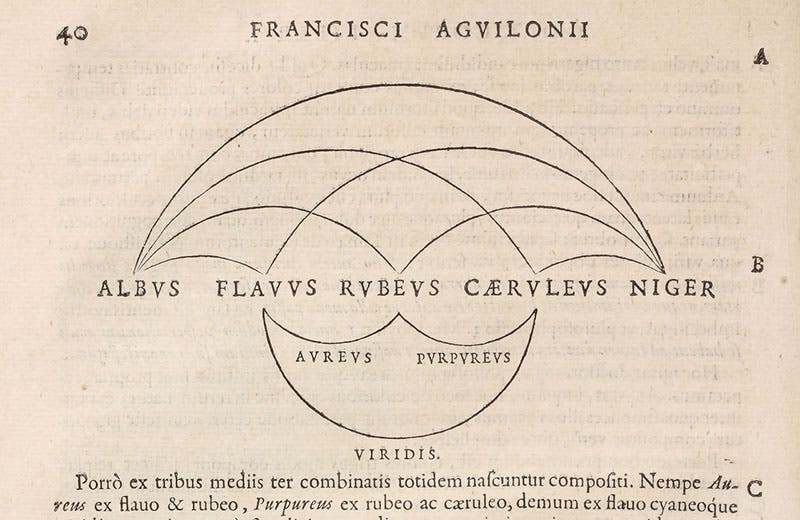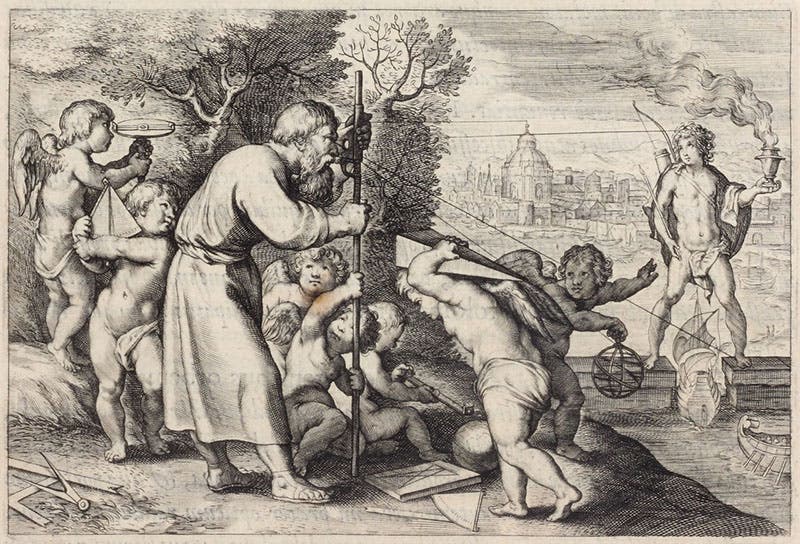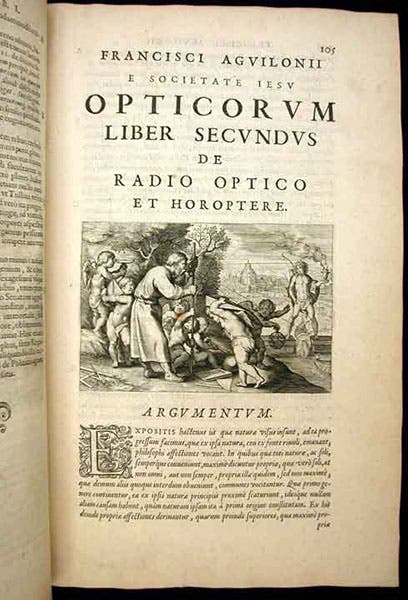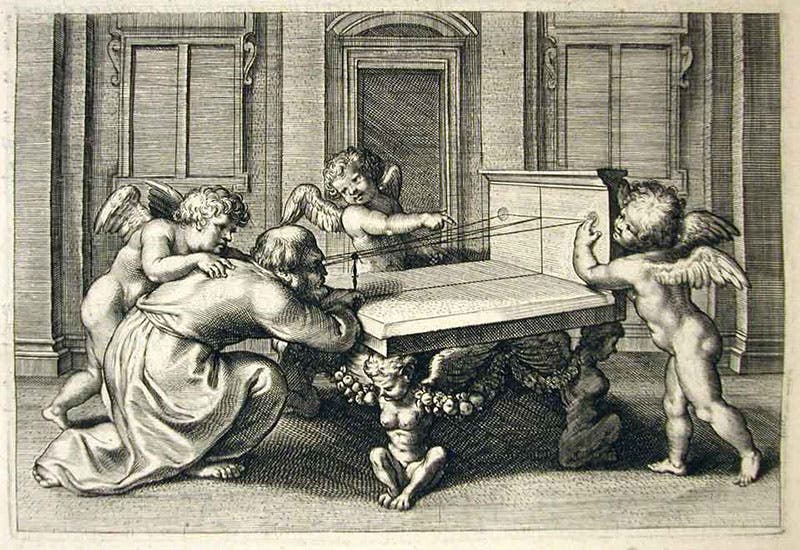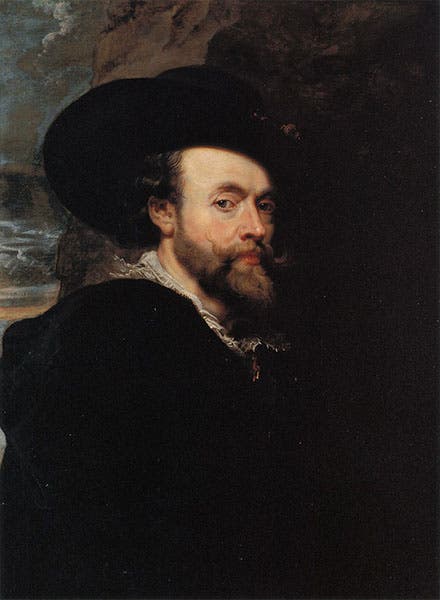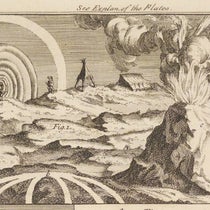Scientist of the Day - Peter Paul Rubens
Peter Paul Rubens, a Flemish painter, was born June 28, 1577. Rubens was one of the best-educated artists of the Baroque, and one of the few to be interested in optics and color theory. Around 1610, he painted a large canvas that is usually called Juno and Argus. In Greek and Roman mythology, Argus was a hundred-eyed shepherd who was assigned by Juno to guard Io, a nymph disguised as a cow, and protect her from the lustful attention of Juno’s husband, Jupiter. However, Jupiter sent Mercury to slay the over-watchful Argus; Mercury cut off his head, and Jupiter had his way with Io. The painting records the events that followed the slaying of Argus, as Juno, with the help of Iris, goddess of the rainbow, neatly plucked the eyes from the severed head of Argus and distributed them across the tail of the peacock, helped by assorted putti.
The story is intriguing, but the most stunning feature of the painting is the coloring. The red of Juno’s gown jumps out, as does the blue of Iris’s garment, and the flesh of Argus and the putti. Red, yellow, and blue predominate, but they share the canvas with orange, green, and purple. The rainbow behind Iris is comprised of those six colors. The flesh is beautifully modelled, with a great variety of tones, as if Rubens were saying that with those 6 colors, he could paint just about anything.
Interestingly, about the same time, or shortly thereafter, Rubens was asked to design the titlepage and six text vignettes for a forthcoming book on optics by François d’Aguilon. The book was published in 1613 as Opticorum libri sex, and it does indeed contain seven engravings after designs by Rubens. The engraved titlepage, once you have seen the Juno and Argus painting, looks quite familiar (second image, just above). Juno sits at the top, holding an eyed scepter, flanked by a peacock and an eagle, with all the attributes one needs to be a patron of optics. Mercury stands at the left, holding the severed head of Argus, eyes still intact. The other flanking figure, Minerva, the goddess of wisdom, does not appear in Rubens’ painting, but she makes a nice counterpart to Mercury, since wisdom is a valuable thing to have on your side if you are writing a book about optics.
There is a text woodcut in the book that is not known to be based on a Rubens design, but it presents Rubens’ color theory exactly, and allows us to understand Juno and Argus a little better (third image, just above). It is a color diagram. It tells us that there are five basic colors: white, yellow, red, blue, and black. White (albus) and black (niger) somehow generate the three primary colors – yellow (flavus), red (rubeus), and blue (caeruleus). Those three colors in turn generate gold/orange (aureus), purple (purpureus), and green (viridis). We do not know if Rubens and Aguilon ever met – there is no documentary evidence of that – but if Aguilon arrived at his color theory independently, Rubens was the perfect choice for a designer.
The vignettes in the book, designed by Rubens, are not concerned with color, but with other aspects of optics, but we cannot resist showing you several, since they are beautifully designed and drawn, and a cut far above the artwork in any other 17th century book on optics (except that by Niccolo Zucchi, which has a frontispiece by Gianlorenzo Bernini).
One vignette depicts an optician measuring the height of the Colossus of Rhodes (fourth image, above). The putti, this time in black and white, are as busy as ever. We also show a view of the entire page (fifth image, just above), so you can see how the vignette functions to visually introduce the chapter, and why a vignette with such a function is often called a headpiece.
The second engraved vignette we show here is a demonstration of stereoscopic vision, for which the putti continue to educate the aged philosopher (sixth image, just above). We wrote a post several years ago on François d’Aguilon, which told essentially the same story we tell today, except that we did not include Juno and Argus. But there are two additional headpieces that you can see there, if you are as fond of these optical engravings as I am.
I am sure that there is a self-portrait of Rubens made about the time he painted Juno and Argus, but I could not find one. So I settled on a self-portrait painted a dozen years later, which found its way to the National Gallery of Australia (seventh image, above).
Dr. William B. Ashworth, Jr., Consultant for the History of Science, Linda Hall Library and Associate Professor emeritus, Department of History, University of Missouri-Kansas City. Comments or corrections are welcome; please direct to ashworthw@umkc.edu.

